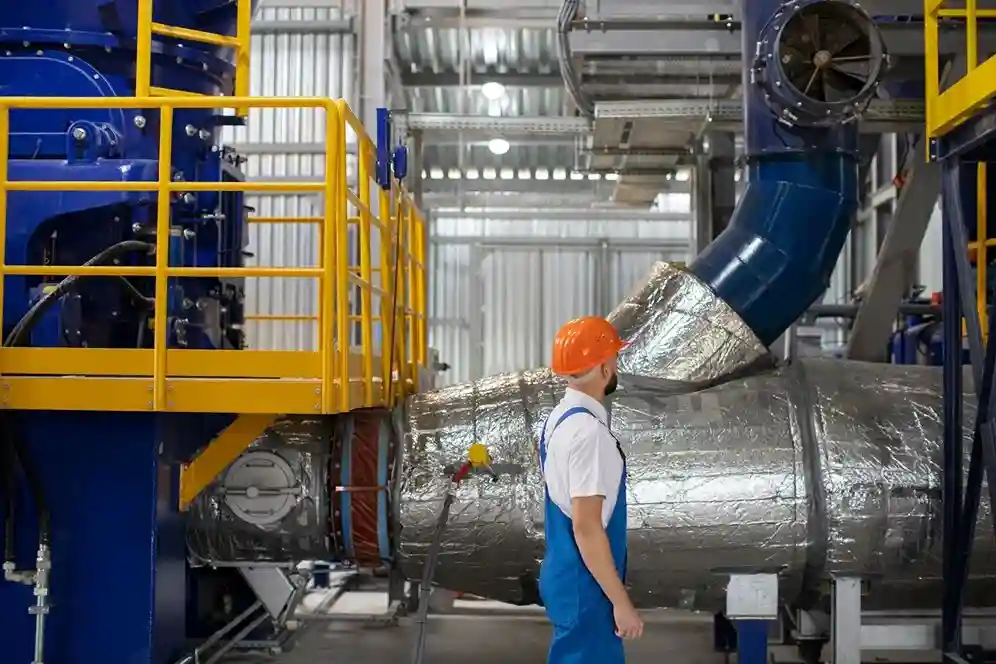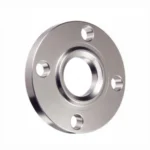Leak-Free and Efficient Piping Systems: Ensuring Durability and Performance

In any industrial, commercial, or residential infrastructure, the integrity and efficiency of piping systems play a crucial role. A leak-free and efficient piping system ensures the safe transportation of fluids and gases, reduces maintenance costs, minimizes environmental impact, and enhances the longevity of the entire operation. From power plants and oil refineries to water treatment facilities and manufacturing plants, having a reliable piping system is non-negotiable. This article delves into the critical components of leak-free piping systems and the best practices for achieving optimal performance.
Importance of Leak-Free Piping Systems
Leaks in piping systems can have far-reaching consequences. They may result in fluid loss, increased operational costs, environmental contamination, safety hazards, and regulatory non-compliance. Ensuring leak-free systems is not just about plugging holes but about designing and maintaining a system with precision and quality materials that prevent leakage from the outset.
Key Elements of an Efficient Piping System
To ensure efficiency and leak prevention, several components and considerations must be integrated into the piping design and implementation:
1. High-Quality Pipes and Fittings
The foundation of any reliable piping system lies in using high-quality materials such as stainless steel, carbon steel, and alloy steel. These materials are resistant to corrosion, pressure variations, and temperature extremes, making them ideal for demanding environments.
2. Precision Engineering and Design
An efficient piping system starts with a well-thought-out design. Factors such as fluid type, flow rate, pressure, temperature, and environmental conditions must be considered. The design should minimize stress points, abrupt directional changes, and unnecessary joints, all of which can be potential leak points.
Read More : How to Select the Right Pipe Diameter and Thickness
3. Sealing and Gasketing
Gaskets, seals, and O-rings are critical in maintaining a leak-proof system. They must be compatible with the materials being transported and resistant to temperature and chemical exposure. Proper installation of seals ensures there are no gaps or weaknesses that could lead to leakage.
4. Advanced Welding and Jointing Techniques
Welded joints, if done correctly, offer superior strength and leak resistance compared to mechanical connections. Techniques such as orbital welding and fusion welding are commonly used in industries where leak prevention is paramount. Proper joint inspection is vital to verify integrity.
5. Pressure Testing and Inspection
Before a system becomes operational, it must undergo rigorous pressure testing to identify any weaknesses or potential leak points. Hydrostatic and pneumatic testing methods are widely used to simulate operational conditions and ensure system readiness.
Technologies Enhancing Leak Prevention
1. Smart Monitoring Systems
These smart systems enable predictive maintenance and reduce the risk of undetected leaks.
2. Non-Destructive Testing (NDT)
Techniques such as ultrasonic testing, radiographic testing, and magnetic particle inspection allow for internal inspections without dismantling the system. These methods help detect micro-cracks and material weaknesses that could eventually lead to leakage.
3. Corrosion Protection Coatings
Pipes used in harsh environments can be protected using coatings like epoxy, polyethylene, or zinc-based finishes. These coatings prevent corrosion that could compromise pipe integrity and lead to leaks.
Best Practices for Leak-Free Operation
- Routine Maintenance Regular inspection and maintenance are essential to keep the system in optimal condition. Scheduled checks for wear, corrosion, and joint integrity help detect and address potential issues early.
- Proper Installation Even the highest-quality materials can fail if not installed correctly. Following manufacturer guidelines and using skilled technicians can significantly reduce installation-related issues. Checkout the best practices for pipe installation and maintenance.
- Training and Certification Personnel responsible for installing and maintaining piping systems should be adequately trained and certified.
- Use of Certified Products Always use piping products that meet international standards like ASTM, ASME, or ISO. Certification ensures the materials and components have undergone strict quality checks.
Conclusion
A leak-free and efficient piping system is the backbone of any industrial infrastructure. From selecting high-quality materials to implementing modern monitoring technologies, each aspect contributes to a robust and reliable setup. At NWH, we understand the complexities involved in building dependable piping systems and offer products and solutions that adhere to the highest industry standards. Whether you are an EPC contractor, a plant operator, or a system designer, investing in a leak-proof infrastructure ensures safety, efficiency, and long-term performance.
To explore premium piping solutions, visit NWH— your trusted pipe supplier in Saudi Arabia.



